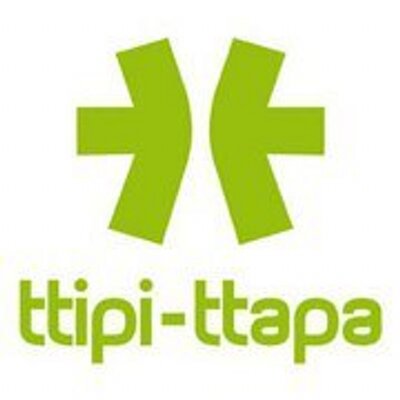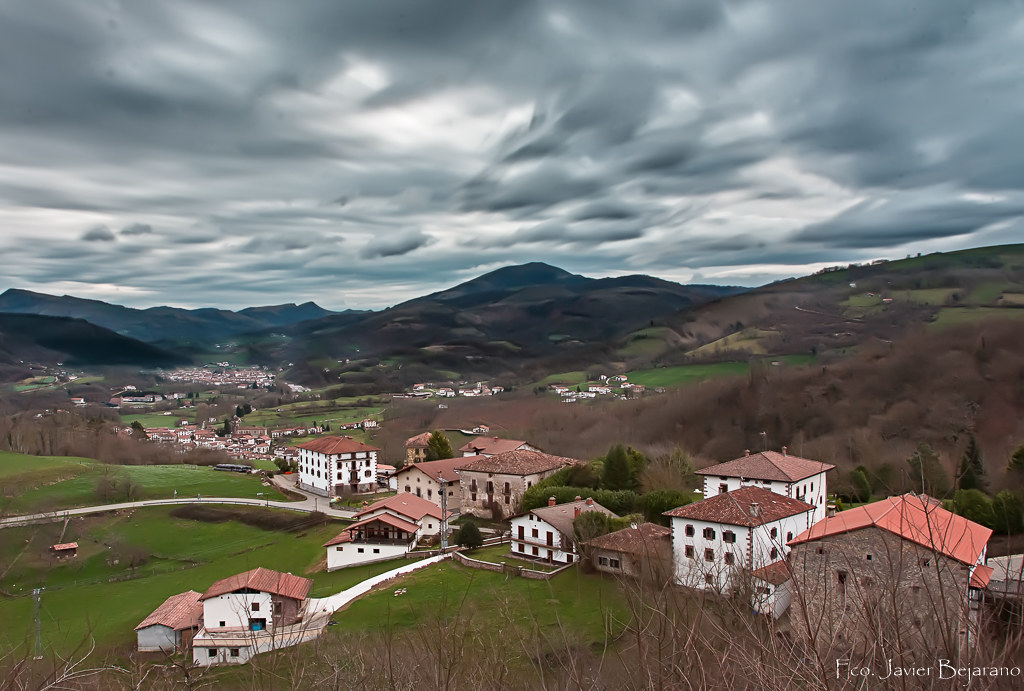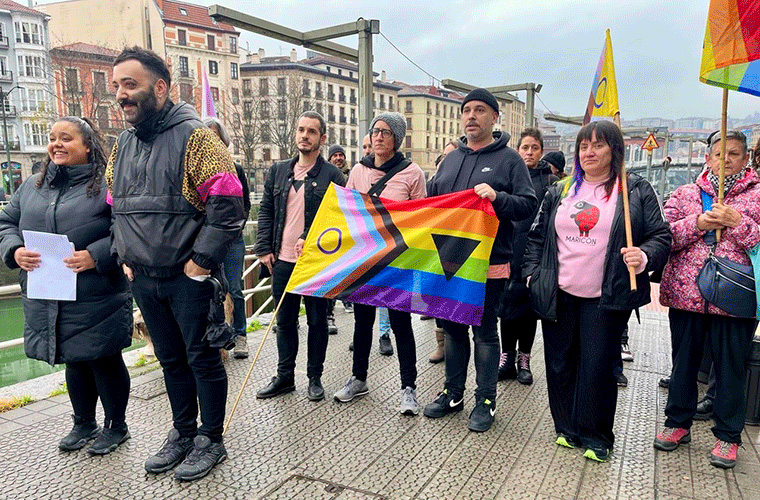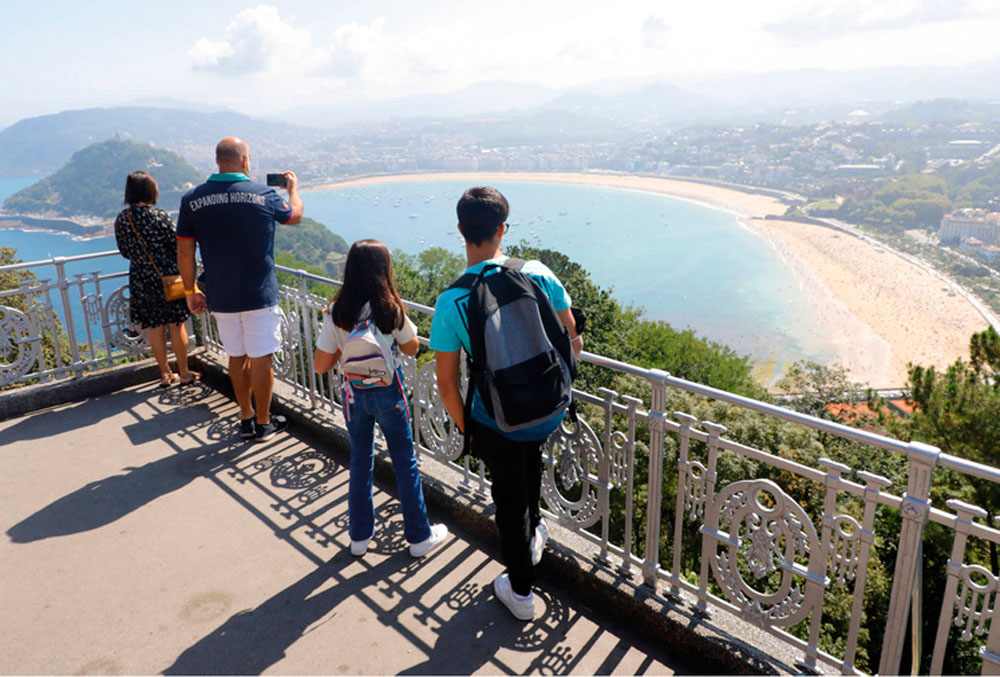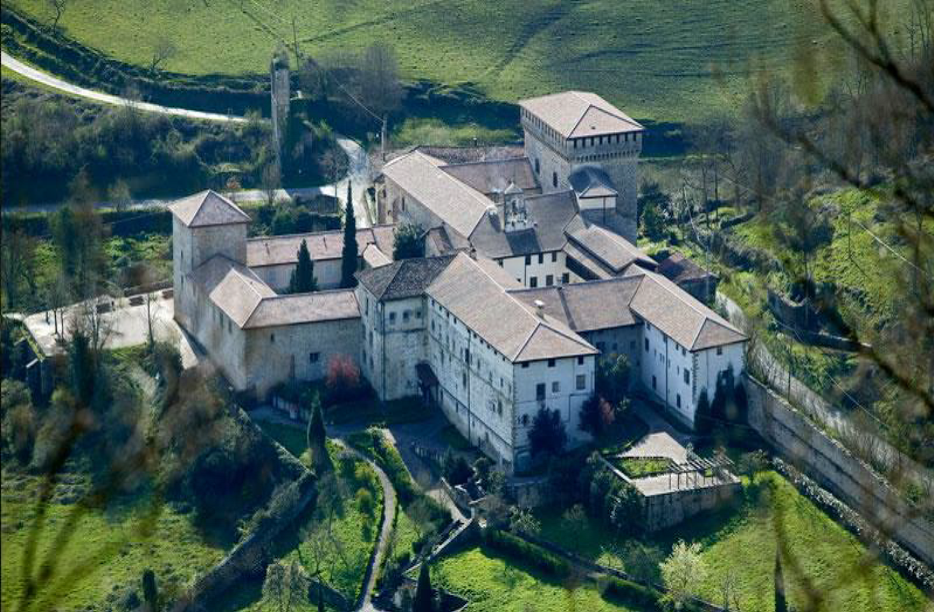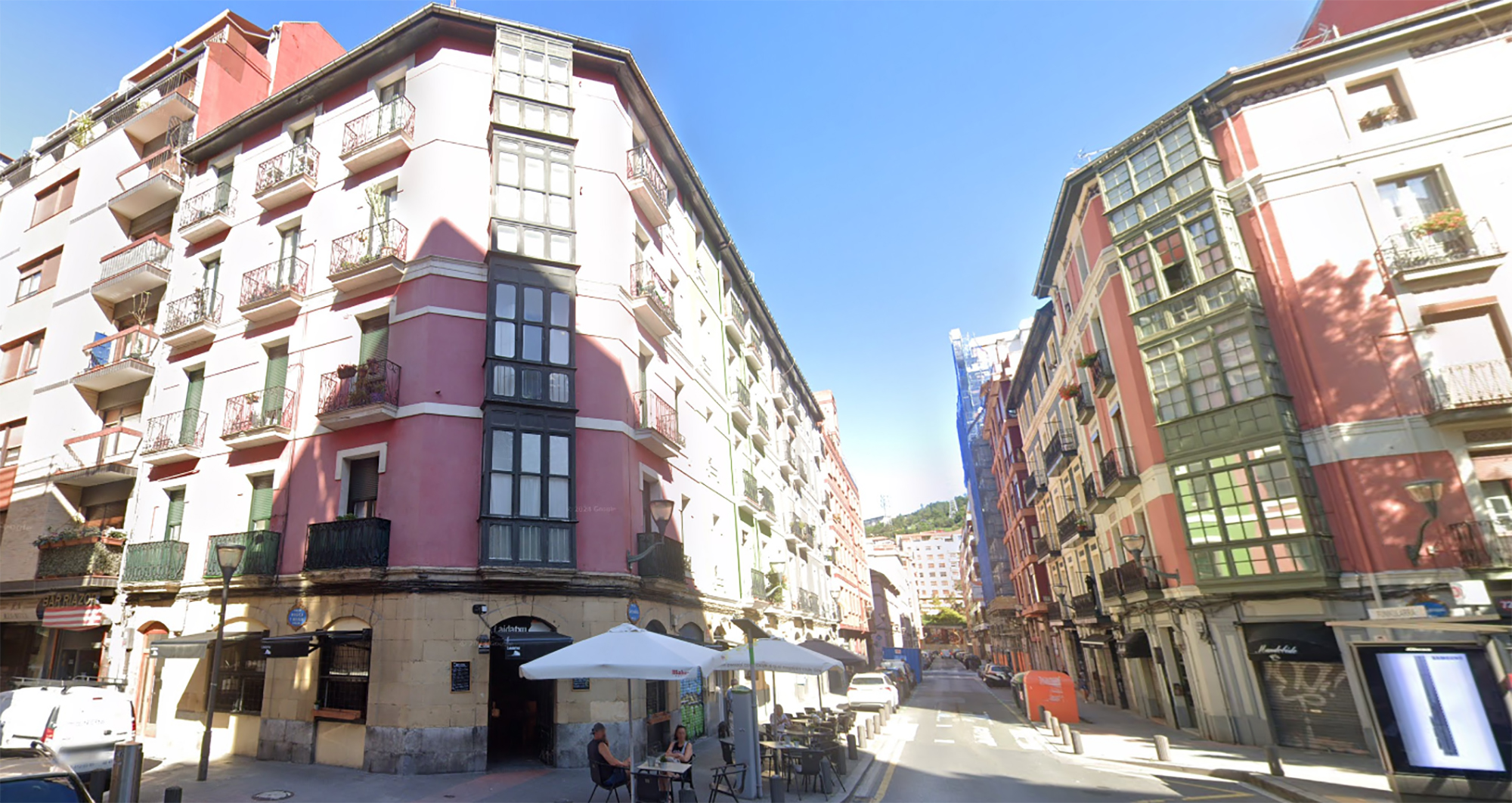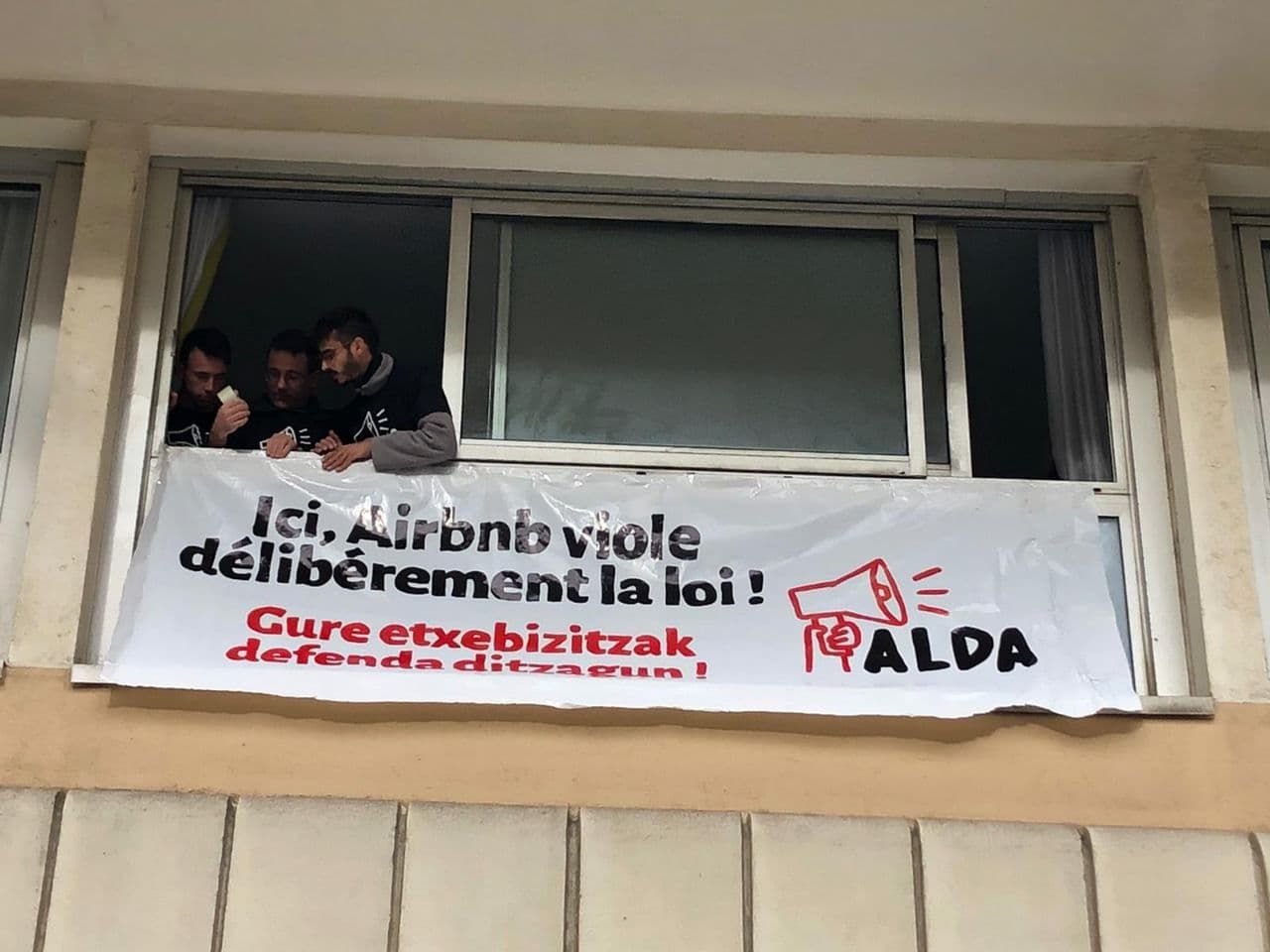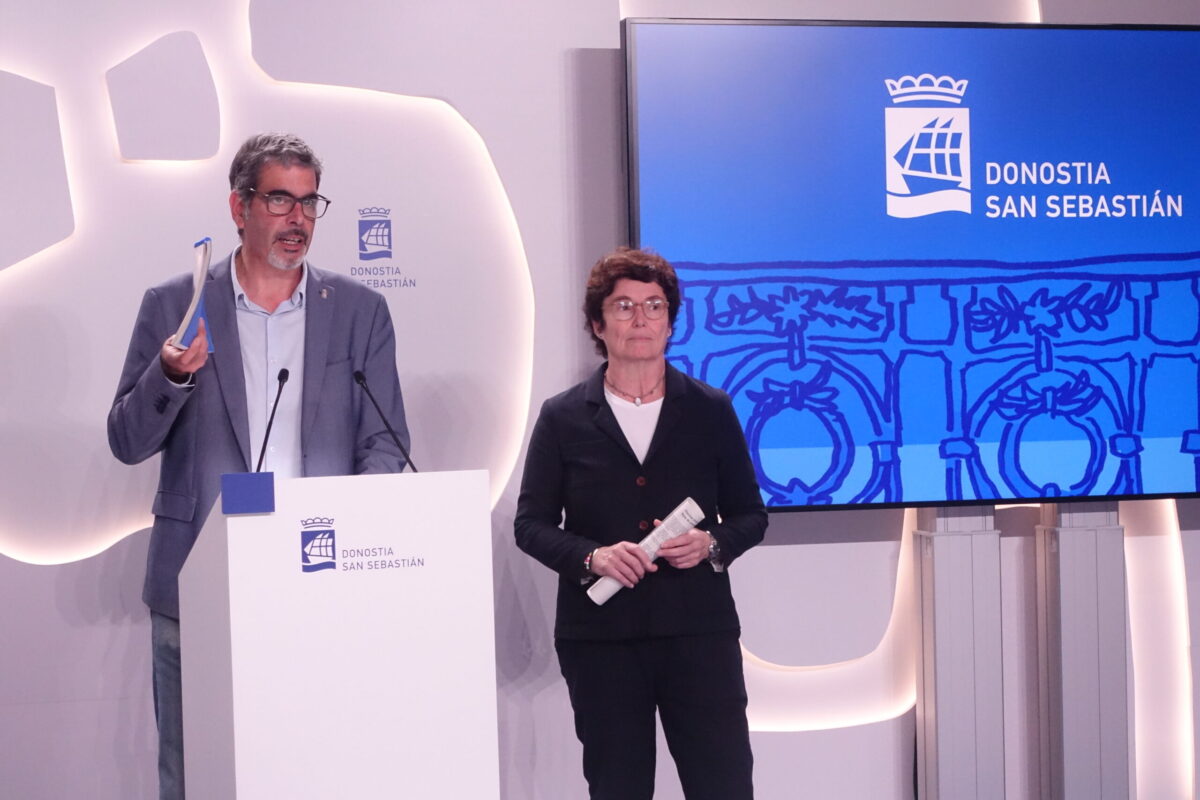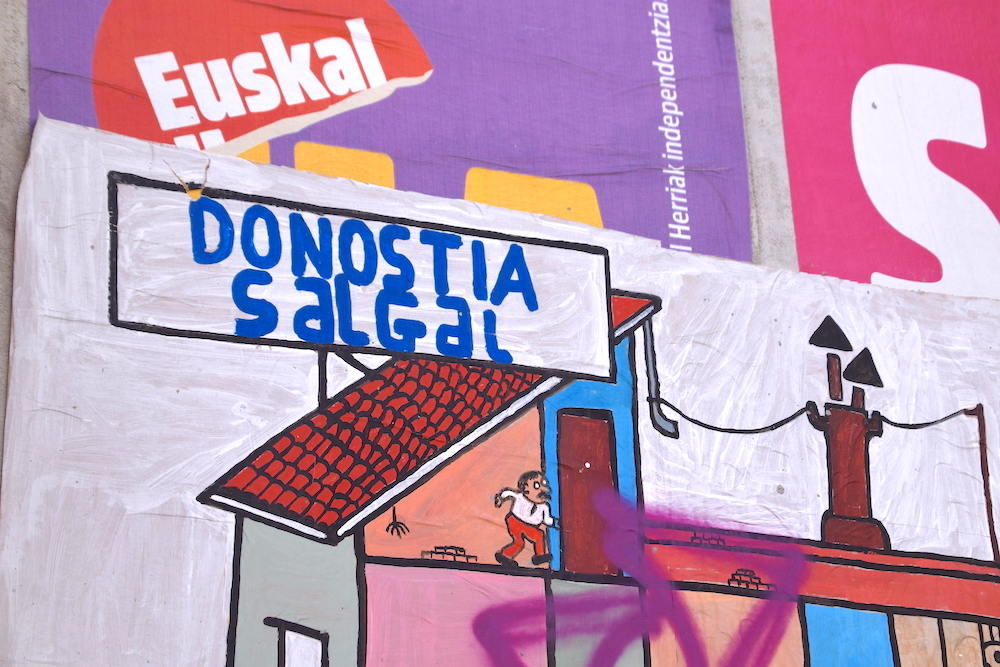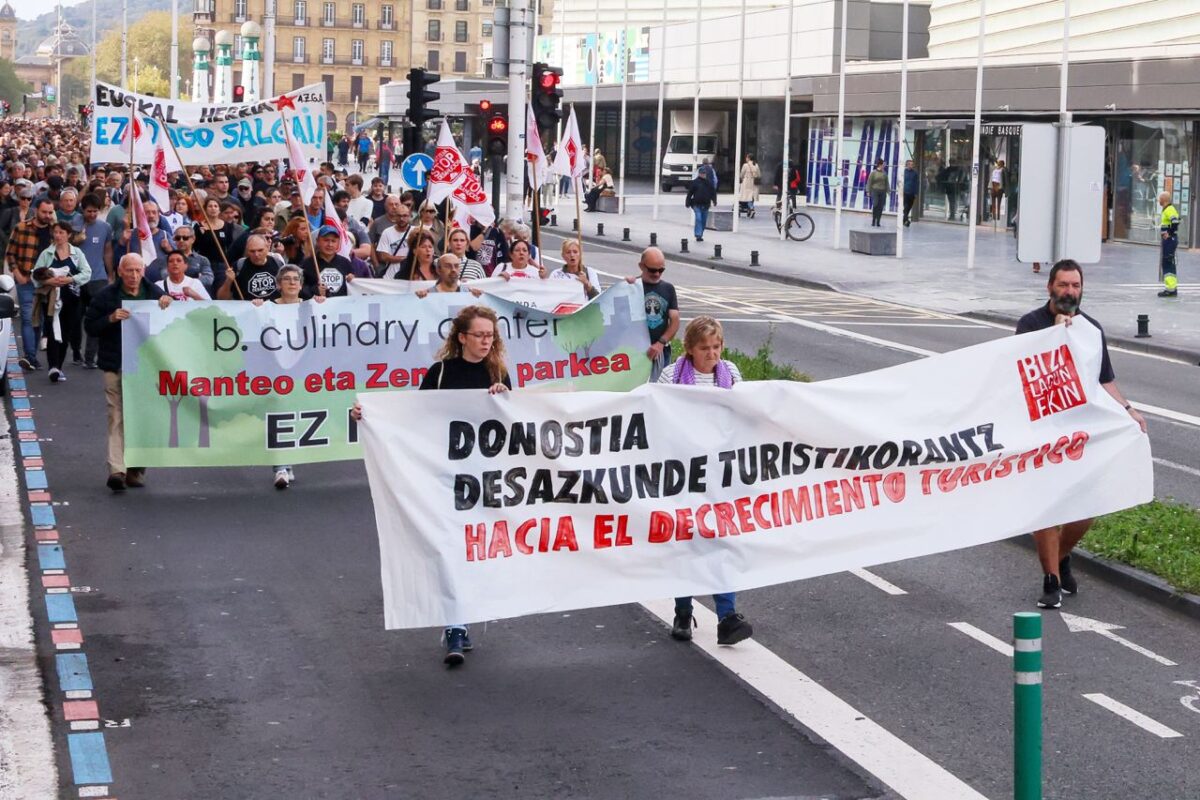October against Turistification was rounded off last Sunday with a multitudinous demonstration in favor of the tourist growth of the Bizilagunak platform, but the debate on turistification is still alive in the city. In particular, they have contacted the tourism of... [+]
Tourists are grateful to hear Basque, according to a study by UEMA
- UEMA has analyzed the data from the 727 survey carried out by visitors in the Tourism offices of Zumaia, Bermeo and Leitza, in accommodation and rural houses.

This article has been disseminated through the portal Erran.eus and we have brought it thanks to the Creative Commons license.
Through surveys, UEMA has analyzed the perception visitors have about Euskera in the different Basque municipalities where tourism has increased. The answers received show a clear trend: almost all visitors are grateful to see or hear the Basque, and many expressly choose to go to the municipalities of Euskaldunes to meet the Basque. One quarter of the visitors come from Euskal Herria and another quarter from the Catalan countries.
The UEMA coordinator, Miren Segurola, Mikel Urdangarin, of the linguistic advice Ahize-AEK, and Kristina Urrutia, of the Basque Service of Leitza, Goizueta, Areso and Arano, presented the data on 3 April in the City Hall of Leitza.
According to Kristina Urrutia, in recent years there has been a concern about tourism in Leitzaldea, since a large number of visitors have arrived in Leitzalde in recent years, and above all they have felt the need to know what the views of the visitors about the Basque country are. In this sense, explanatory leaflets about the Basque Country were elaborated, with the aim of showing visitors that they were approaching a county and an Euskaldun municipality. It was then that they learned that other peoples of UEMA also made similar reflection and detected similar needs.
For her part, the UEMA coordinator, Miren Segurola, highlighted the concern and the desire to influence this issue that has been generated in the Basque municipalities in recent years: “Aware that tourism influences the use of languages, UEMA began a couple of years ago to work on the subject and the promotion of Euskera in the tourism offer. We created a working group and thought it essential that Euskera be one of the axes of the tourism offer, as highlighted by historical monuments, gastronomy or natural resources. Given the tendency to hide Euskera and to emphasize Castilian, we saw that Euskera is one of the most notable characteristics of the nature of the municipalities of Euskaldunes was a decision to take with municipal pride. Our most beautiful postcard is the Basque.”
In the words of Segurola, “in areas of great influx of tourists and visitors, in some sectors, there is a tendency to leave the Basque country in the background and to highlight the Spanish language. However, UEMA, convinced that the visitor is grateful to see and hear the Basque, felt the need to transfer what was perception to data, so last summer decided to conduct surveys of visitors in some Basque municipalities.”
In particular, the linguistic consultant Ahize has analysed, at the request of UEMA, the data from the 727 survey that visitors have responded to in the Tourism offices of Zumaia, Bermeo and Leitza, in rural accommodation and in rural accommodation. Although in some places where tourism has risen there is a tendency to highlight Spanish and hide Euskera, the data show that visitors appreciate the encounter with Euskera.
All the answers have been prepared by the linguistic advice Ahize, whose director, Mikel Urdangarin, highlighted the most relevant data in the appearance of Leitza. Among other data, 95% of visitors said they had not had any problems with the Basque country in the last year. More than half of the respondents, 54%, for their part, responded that they liked or liked the relationship they had with the Basque country very much.
85% have managed well with labels in Basque
As for the linguistic landscape, most visitors (85%) thanked him and managed well when they found signs only in Basque.
Attention to the origin of visitors is also one of the keys to understanding the responses. In fact, one quarter of visitors come from Euskal Herria, another quarter from the Catalan countries, another quarter from Spain and the rest from France, Germany, Scotland, England, Wales and the Netherlands in general.
In the countries of origin of a large majority of visitors, officers are more than two languages or have some protection in all or part of the territory.
The main conclusion: Euskera attracts visitors
The most relevant conclusions are as follows:
Vascophony zone: Most visitors know that they arrive in an area where many Basque speakers live, and they expect to meet the Basque people.
Euskara, akuilu: for a large group of visitors has also been that reason: they have come to look for a people living in Basque.
Very little uncomfortable: few have been the ones who have felt uncomfortable. 95% had no problem with the Basque Country.
Many liked it: many liked it and liked it very much.
With the Basque, comfortably: most have felt comfortable in their relations with the Basque. 85% have thanked for finding the Basque language in the linguistic landscape.
A large part of the visitors, locals: a significant part of the visitors come from Euskal Herria. Therefore, also from the business point of view, it is a group of objectives to be considered, with linguistic needs and rights.
Conclusion: Euskera is an attractive lure for visitors
To sum up, therefore, the Basque Country is a differentiating factor for many visitors (31%), and does not constitute an obstacle to the attendance of almost all others. The data show that the fact that tourism has skyrocketed and that the Basque country is hiding in places where visitors have grown does not make sense from the point of view of coexistence or from the point of view of business.
In autumn, a day on Euskera and tourism
According to UEMA coordinator Miren Segurola, although these data and the first surveys have been an attempt to relocate what perception was, there is still a lot of work to be done in this field. “We need bold political decisions to put Euskera into value in the tourism sector, in a direction that is contrary to what is being done today.”
Given the importance and strategy of this issue, UEMA will hold a conference in the autumn on Euskera and tourism, with the aim of deepening this issue and to make the tourism sector and public institutions aware of the need to place Euskera in the tourism offer.
EHGAMek Axel hotelaren irregulartasunei jarritako helegitearen inguruko isiltasun administratiboaren ondoren, hotelaren itxiera eskatzen du eta hainbat eragileekin batera prentsaurrekoa eman dute.
Frantziako Estatuko diputatuak eta senatariak ados jarri dira. Orain arte, alokairu turistiko bat alokatzen zutenek etekinen %50 zergapetik kentzeko aukera zuten, urte osoko alokatzaileek, berriz, %30. Lege proposamenak biak hein berdinera ekarriko ditu, hots, %30era.
A long weekend. We've turned around the environment and we've taken advantage of it to make the picoteo. Tourists making selfies. Routes for tourists, rentals, shops, hotels, parkings, menu dishes, sign signs in all languages of the world. Tourists turn the usual places into... [+]




